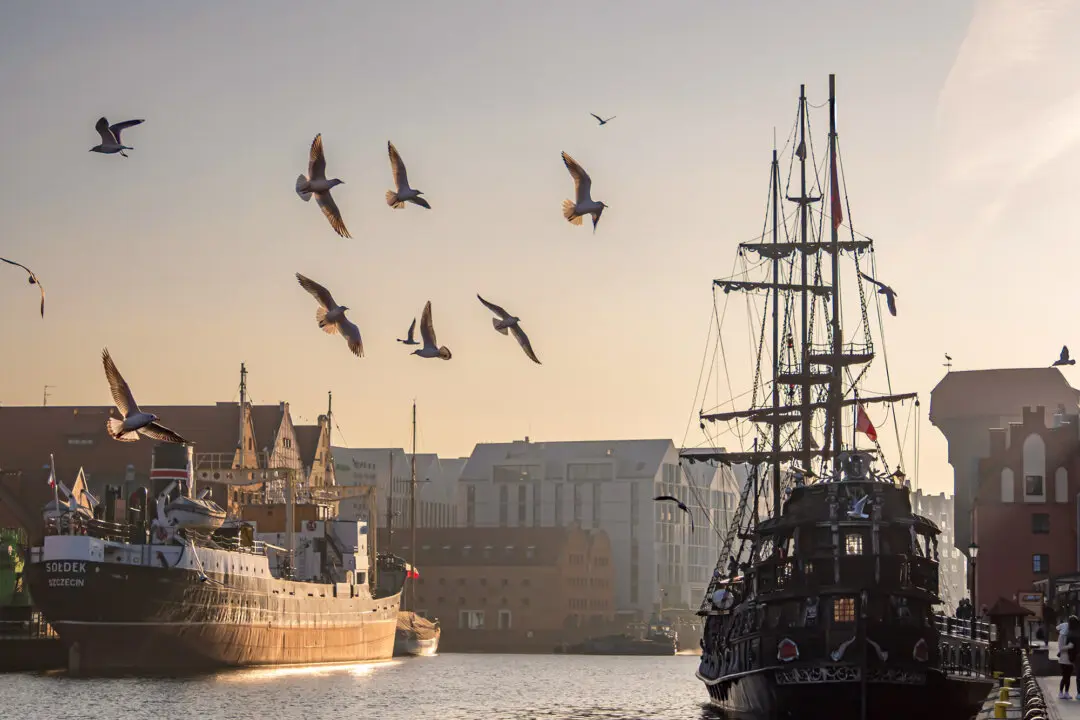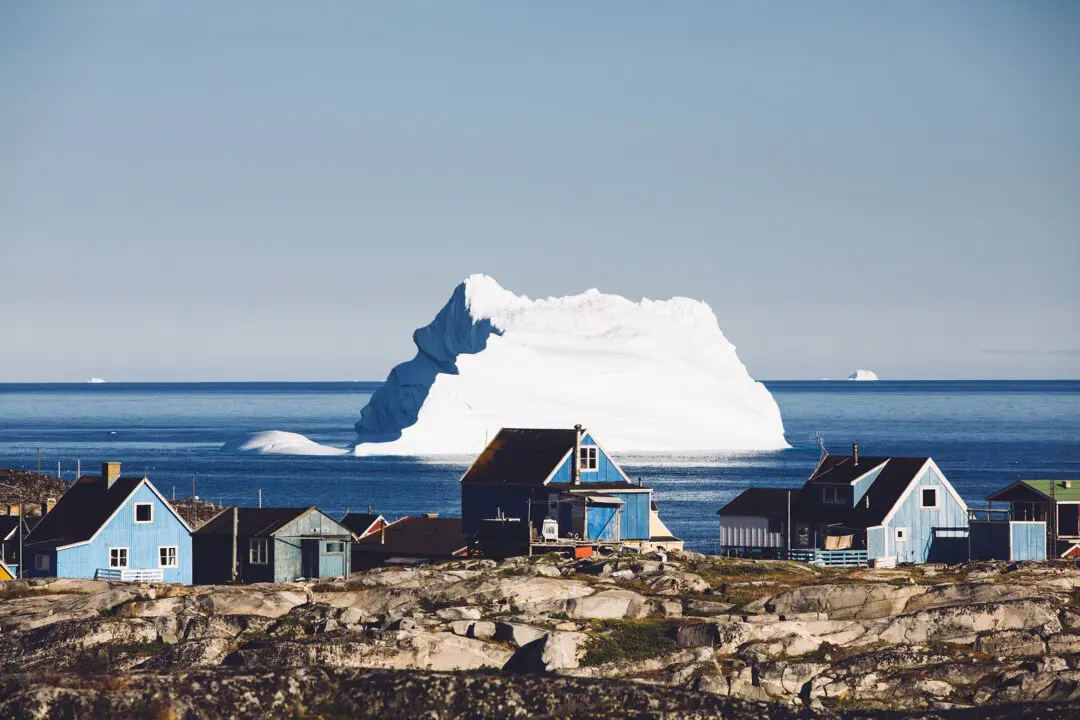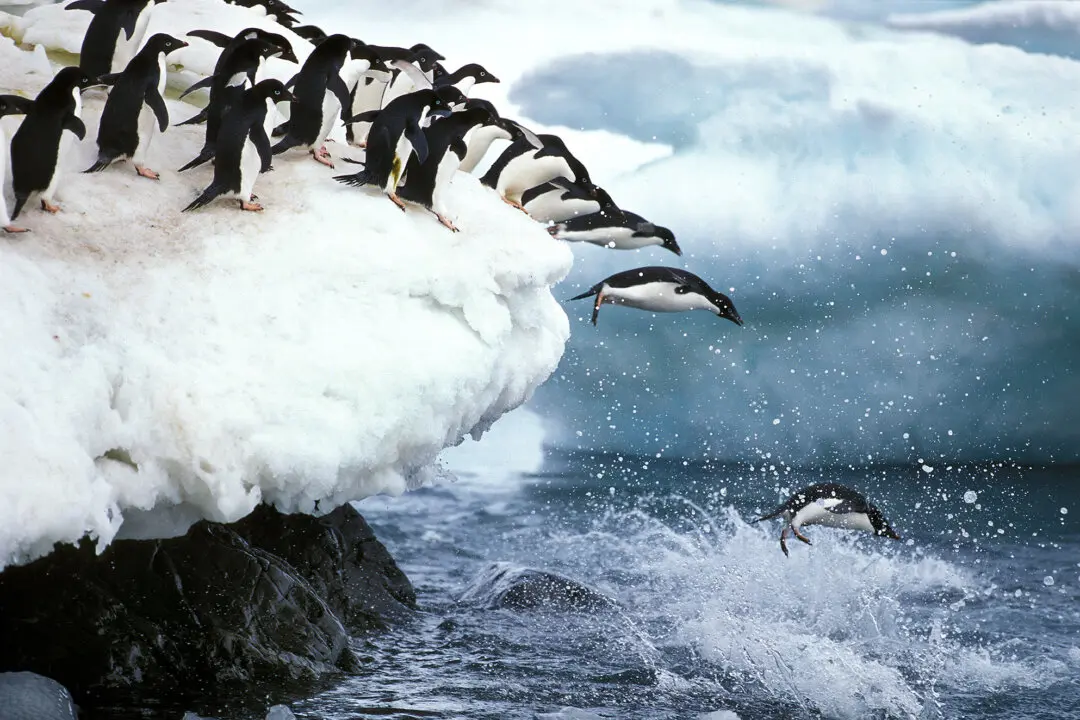Dial the clock back a couple thousand years, and this, where I’m standing, was a rather violent place. Churning lava and big explosions, unimaginable heat, the evidence of all that magmatic activity still evident high up on the cratered and strafed walls here. As I descend, step-by-step, more than 300 feet into an empty volcano, a sense of peace washes over me.
It’s one of only two of its kind, still intact anywhere in the world—most collapse on their own weight, irreversibly filling in their inner chamber. (The other one, unsurprisingly, is in Iceland.) Once, right here, everything boiled and popped and roared out, the lava creating a path all the way to the sea, forming a green belt of volcanic soil still distinct from all the areas around it, as well as its own “faja,” a brand-new piece of land jutting into the water.





